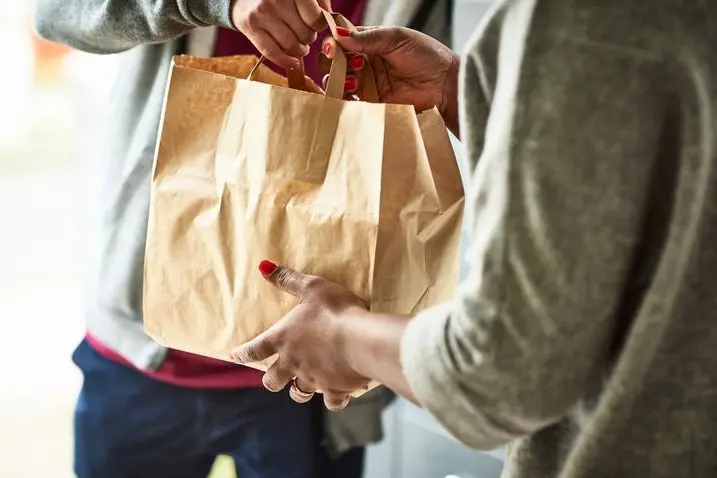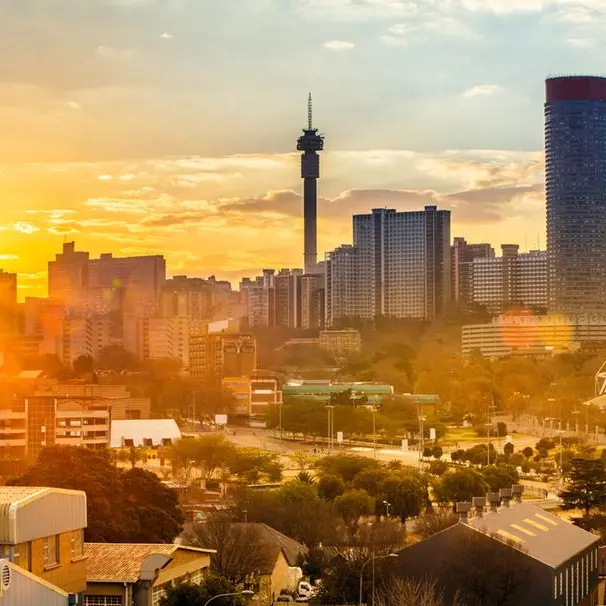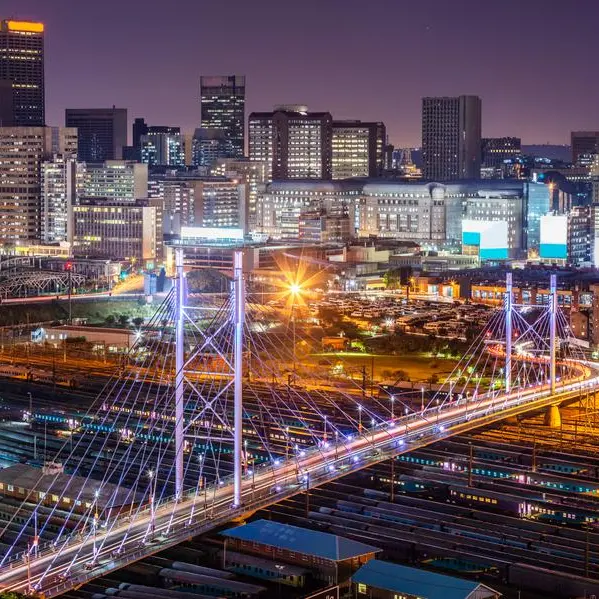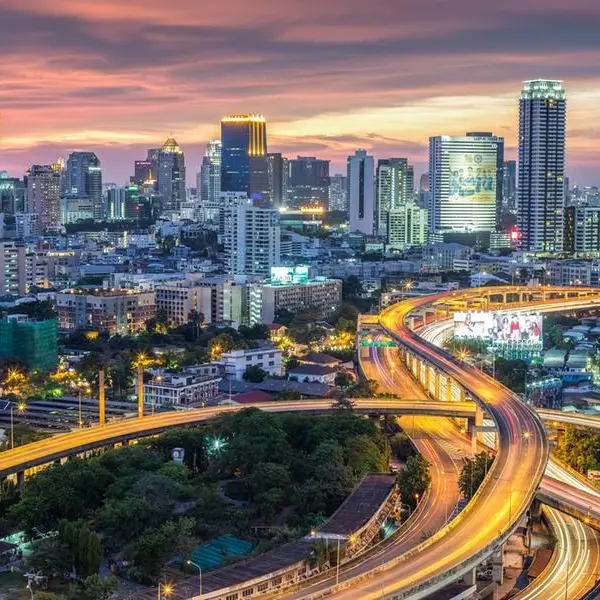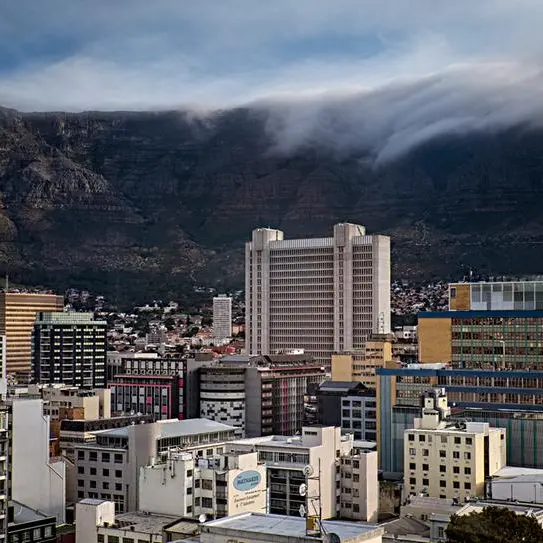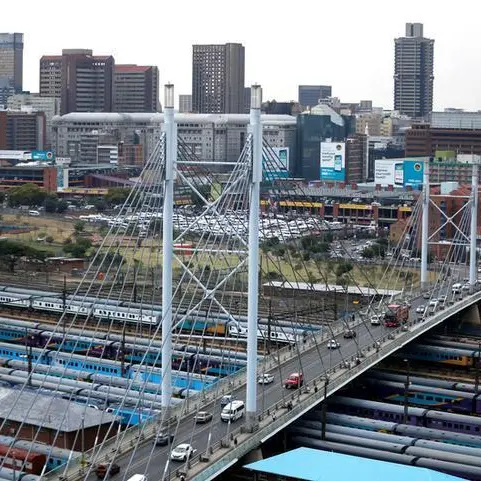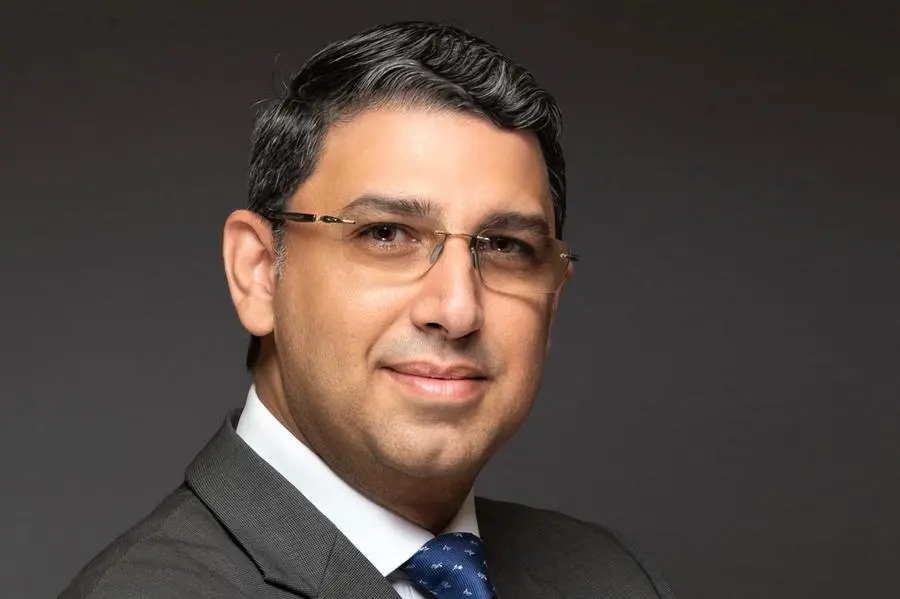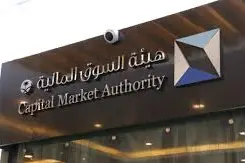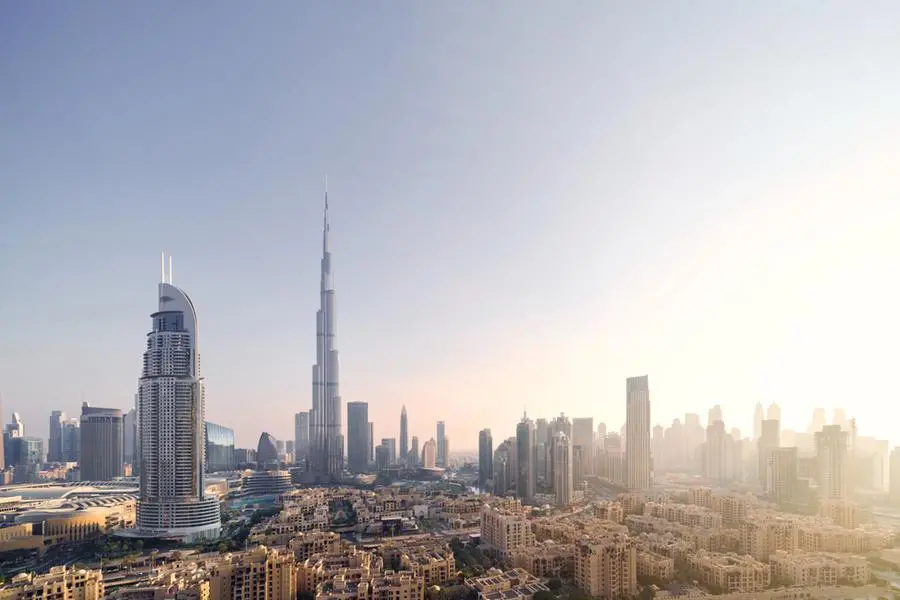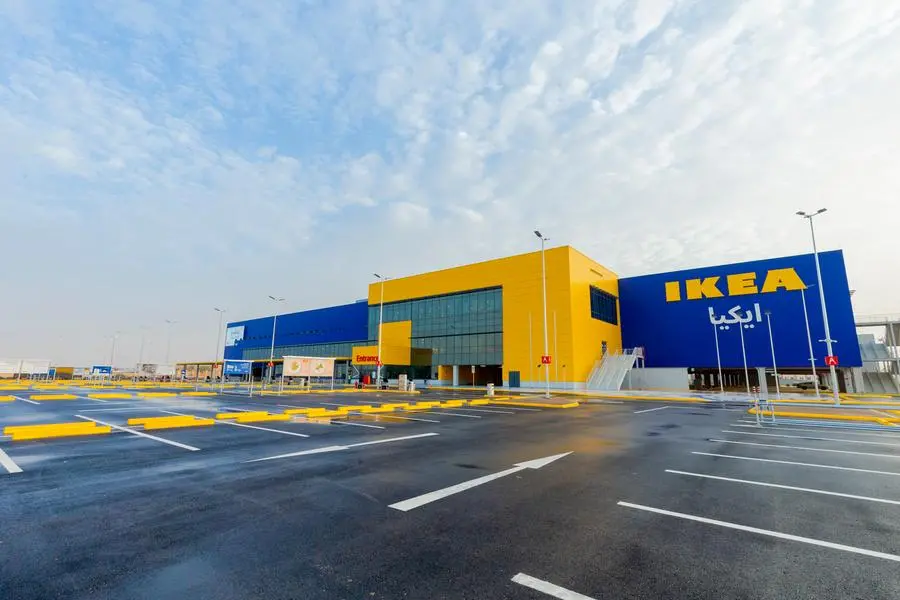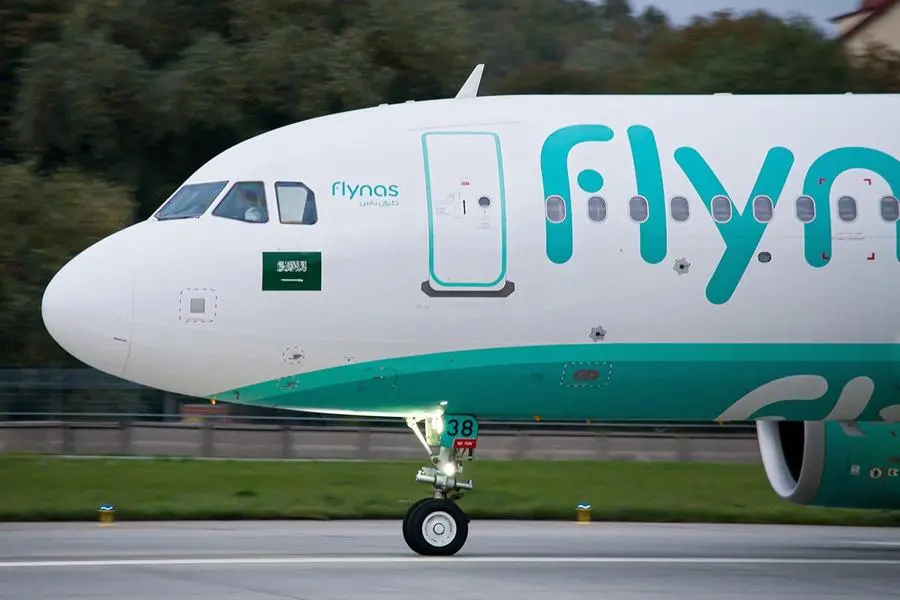PHOTO
Image used for illustrative purpose Getty Images Close up of woman receiving take away food delivery.
Consumers need to be educated about the value of delivery and could already be willing to pay more, according to logistics experts at Seamless Middle East in Dubai.
Shoppers have started expecting faster and faster delivery due to their dependence on e-commerce during pandemic lockdowns, the conference session heard, but panellists questioned the sustainability of both free delivery and the q-commerce model of ultra-fast delivery.
Peter Somers, CEO of Emirates Post, remarked that he wished retailers had never offered free delivery. He said that free delivery started in the early days of e-commerce more than 20 years ago, which had led to consumers thinking that all delivery should be free.
“They demolished the value of delivery big time,” he said. He advised retailers to “explain to customers the value of logistics.”
Somers added: “At the end of the day, it is the driver, certainly in e-commerce, who is the only physical contact between our customers and consumers. If you don’t pay and take care of your people, the service will be lousy.”
He also noted that the quick commerce or q-commerce model, of trying to deliver products within 15 minutes, may not be sustainable going forward. “The question is, globally, is this model sustainable, and what are they going to change?”
In the future, consumers can expect to see the CO2 emissions generated by their delivery next to the price when they are buying online, he said, emissions being higher the faster the package is expected to be delivered.
Jonathan Savoir, co-founder and CEO of supply chain delivery platform Quincus, said the pandemic had led people to expect faster deliveries due to dependence on e-commerce and delivery during lockdowns. “Pre-pandemic, we were OK with five-day deliveries; now it’s terrible. [Next-day delivery] is what we’re expecting.”
“It’s imperative that logistics companies start looking and are looking at this journey,” he said, adding that the companies should be asking the questions “how do we digitalise, how do we create visibilities for the end customers and how do we optimise all the data that goes through it to start building out that operational efficiency?”
The panel also considered the recent controversy around the pay and conditions of food delivery drivers in Dubai, who walked out in protest earlier this month. Social media support for drivers delivering restaurant food was highlighted by Ashish Panjabi, Chief Operating Officer, Jacky’s Group of Companies, which includes Jacky’s Electronics and Jacky’s Retail, both of which offer e-commerce delivery of consumer goods.
Noting that consumers had been “up in arms” on social media in support of Talabat and Deliveroo delivery drivers who walked out about pay and conditions in the face of rising fuel and cost of living, Panjabi remarked, “Are we able to gain a little more value from the customer? Or are we, in effect, giving everything for free?”
The UAE government announced last night that fuel costs will increase for June, rising above AED 4 per litre for standard Special 95 petrol.
Delivery costs will undoubtedly have to go up, said Sandeep Ganediwalla, Partner, Redseer Consulting, in a separate conversation with Zawya, but the question remains whether consumers will accept that the cost will be passed on to them.
Restaurants are still thinking of delivery as incremental revenue with incremental costs, he said, and they will need to take a holistic view of their costs and revenue generation, which will also include the ideal size of operations, marketing costs, location costs and, of course, drivers.
“Drivers are adding significant value to their businesses, and of course they want their fair share,” he said, comparing the situation to when credit cards were first introduced and companies would charge extra to consumers to help them bear the cost of accepting them.
“However, once credit cards grew, it was seen as a cost of doing business and included in overall costs rather than being passed on,” he said. “Somewhere between these two extremes [lies] a solution, and it will be different depending on how big a business delivery is for the restaurant.”
(Reporting by Imogen Lillywhite; editing by Seban Scaria)
